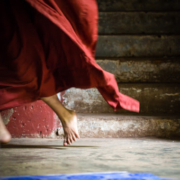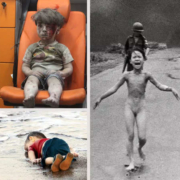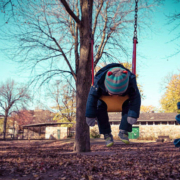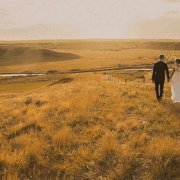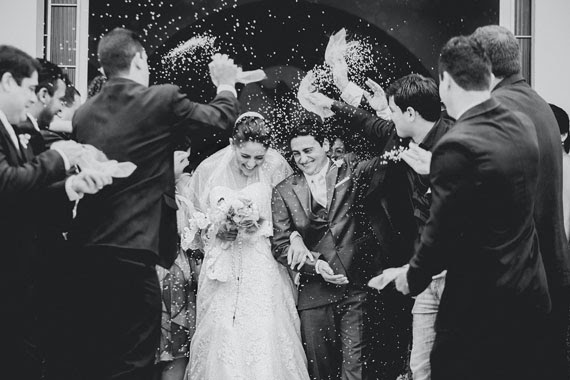Do you follow the Process of Taking a Photo?
We divide the process into 4 steps: Camera Settings, Observation, Anticipation, and Experience.
Camera Settings
One of the best ways to be efficient in travel and street photography is to be fast; especially in Southeast Asia, where things are so busy. Mastering camera settings is the first step to becoming fast. This is the reason I advise my students to use aperture priority mode when shooting (at least during the day) and to always adjust their settings when entering a new light situation (a brighter or darker area).
Once this is done, it becomes something less to worry about when a photo opportunity presents itself. The photographer’s reaction will also be faster if they can find all buttons and functions instinctively, as the camera becomes an extension of the body. Knowing what aperture to use depending on the depth of field desired and the distance of the subject, finding the ISO button while looking through the viewfinder, etc. All these little things will help the photographer win seconds, which are vital and will make light work of a spontaneous shot.

The need to be very fast and know camera settings was essential to capture this ephemeral moment. (Photo by Etienne Bossot)
Observation
Every good travel or street photographer (not to mention photojournalist) is a great observer.
Being aware of their surroundings, the photographer will use a shorter time to make important decisions, such as how to use the natural light, or which foreground and background to use. This is necessary, mostly when composing an image involves the subject itself at the very end.
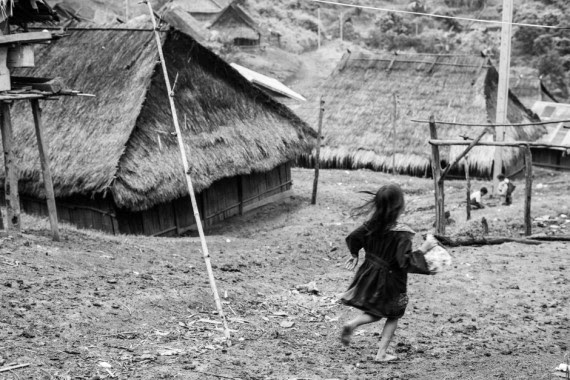
Observing and seeing this girl running down allowed me to pick up the proper background. (Photo by Etienne Bossot)
Anticipation
Once you’ve got camera settings and observation skills primed, anticipation is the next skill to master. Moving ahead in preparation of the photo concept, anticipating where a potential subject is going to be and where the light is going to move is key to shooting a great photo. This requires being physically fit enough to be able to move quickly, sometimes over holes, puddles, trees, walls, rivers, highways, magma, etc.
Being comfortable with camera settings will help win seconds, which are vital for the photographer. I often find that my students are missing great photo opportunities because they feel rushed. Mostly when traveling to exotic locations where everything is new, beautiful, and photogenic, they are often overwhelmed by all the great potential photos to be shot and rush to shoot as many things as possible. What happens then? The brain stops working. The result is a lack of discipline in creating composition, and as is very often the case, the use of the wrong camera settings (leading to a slow shutter speed and blurry photos).
Once the camera settings are prepared, the environment understood, and the photograph concept set up in the mind, it frees you up to think of the details and techniques that will make a great composition.

Man in a field that has just been plowed. When seeing that man from far away, I ran in order to have him right in front of the lush green background. (Photo by Etienne Bossot)
Experience
We tend to compose images using a few of the photography techniques we have learned, but mostly it’s an unconscious act of applying what we know that makes a good photo. For this we are using, as Michael Freeman mentions in his book, a “repertoire” of photos we have previously seen or taken and that we know work for us.
Using lines as diagonals, applying the rule of thirds, having our subject framed a certain way, etc. This is very important in order to be fast and make decisions; it also increases the risk of taking the same photo “template” over and over again.
Thus the need of extra time, gained by preparation, observation, anticipation and applying our experience, to adjust the composition and create something new, special, different, and reach another level of creativity.

Everything was ready and patiently prepared. Then the subject arrived… Click.

